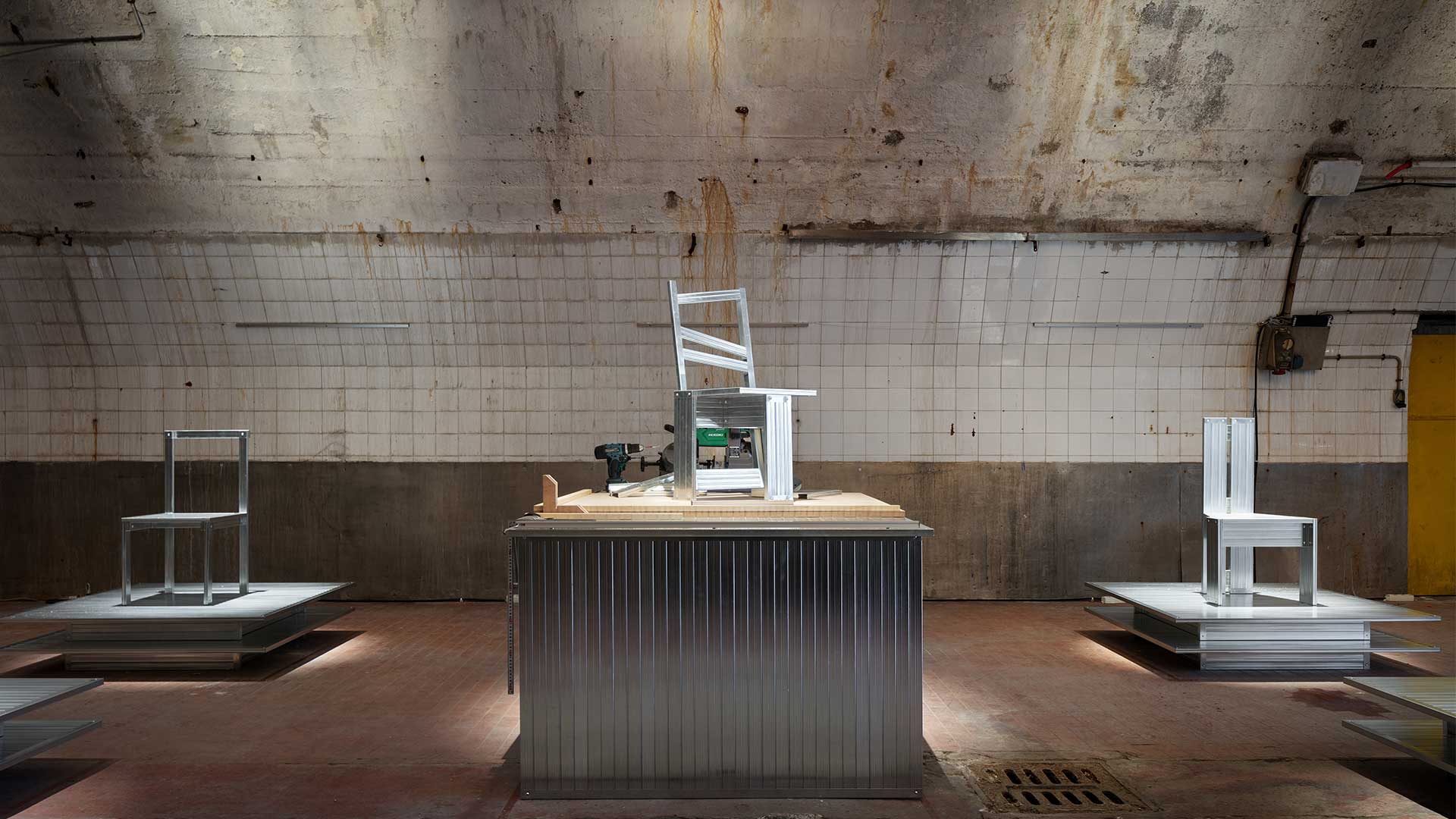The practice of repurposing industrial waste to craft functional objects represents a profound synergy between sustainability, creativity, and innovation. Various product designers bring new life to materials that might otherwise remain neglected, such as repurposed wood, metal scraps, or discarded plastics. By keeping waste out of landfills, this strategy not only reduces its adverse impact on the environment but also encourages deeply, innovation and inventiveness in design.
Relatedly, Japanese designer and architect Daisuke Yamamoto's collection of chair designs titled Flow is founded on the idea of minimising industrial waste through the creation of a flexible material life cycle—'a product series which creates a fluid material life cycle minimising industrial waste.' This process starts with the realisation that common recycled building materials are frequently thrown away as new construction starts, a practice known as 'scrap and build.' Through this collection, Yamamoto sheds light on the potential of lightweight gauge steel (LGS), a commonly used and disposed building material employed in framing systems.
Through Flow, the furniture designer aims to challenge the common notion of ‘think, build, waste,’ by changing the narrative towards ‘waste, think, re-create.' In addition to taking aesthetics into focus, the furniture designs tackle the issue of disposing of industrial waste. It serves as a prompt to contemplate the processes by which our society handles discarded items at large. “It is an attempt to a new approach where we design and construct spaces with the assumption that it will one day be deconstructed, [and] hence, utilise and design with a material and process that holds the highest purity. These post-demolition building materials are then reused and reclaimed to reconstruct new furniture after deconstruction, with a minimum number of components,” Yamamoto explains. The Flow collection invites individuals to reimagine and question whether these objects can be given new life and added significance, or if they should be tossed away.
Flow demonstrates how reusing materials may result in new, one-of-a-kind product designs with the least amount of environmental effects. Yamamoto suggests creating a 'Future Landfill,' a sustainable design approach wherein designers and architects collaborate to rebuild items that were originally meant to be thrown away. The designer based in Tokyo, Japan, challenges the conventional, linear model of consumption and disposal, making us rethink the fundamental nature of materials that are wasted and advocates for a collective reassessment of how our society views waste.
Through this transformative work and its ways of interaction, creators like Yamamoto open doors to a circular economy, where waste is repurposed, creativity is unrestricted, and sustainability is integrated within primary design philosophies. The Flow collection is evidence of the immense potential and profound value that can be achieved by repurposing items that were formerly thought to be waste, into beneficial, durable, and functional products.






 Sign in with email
Sign in with email










What do you think?